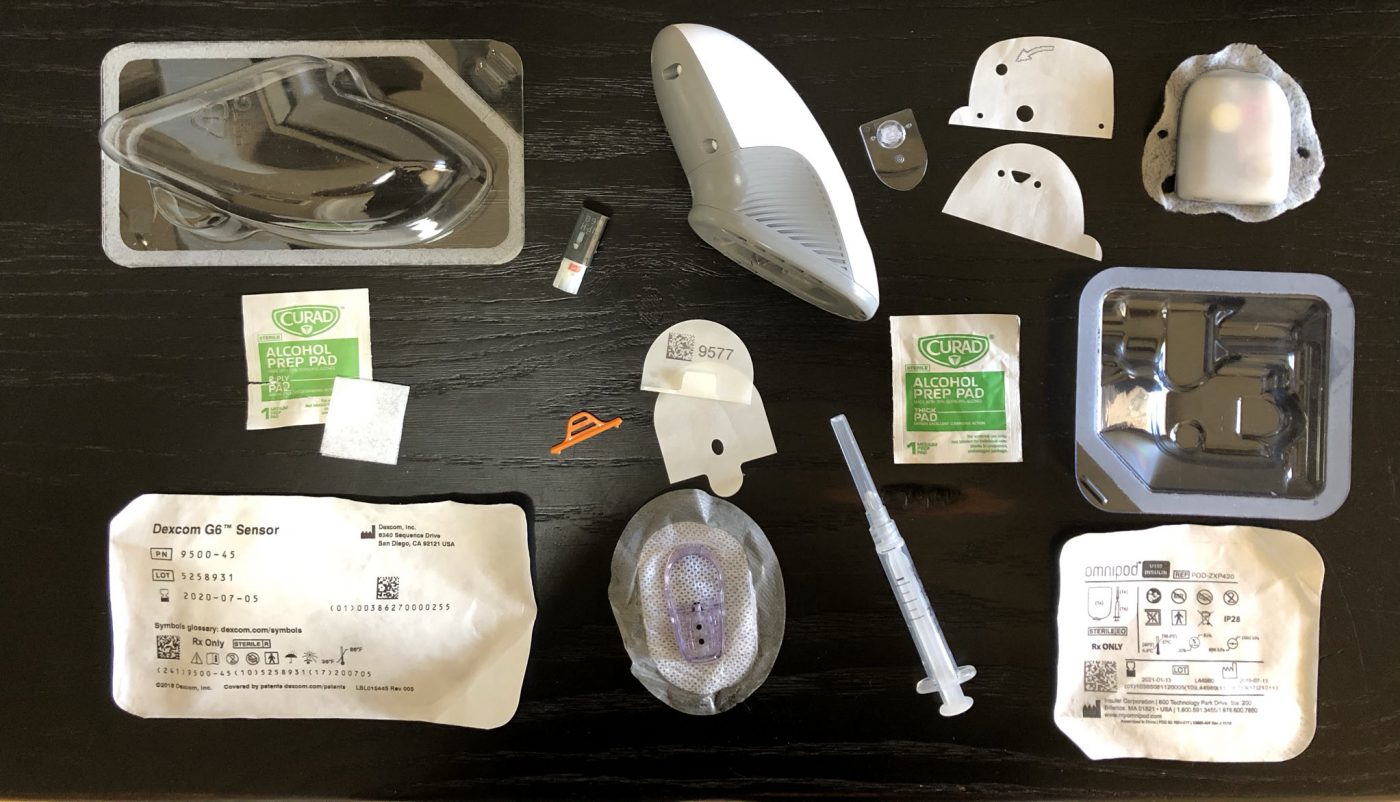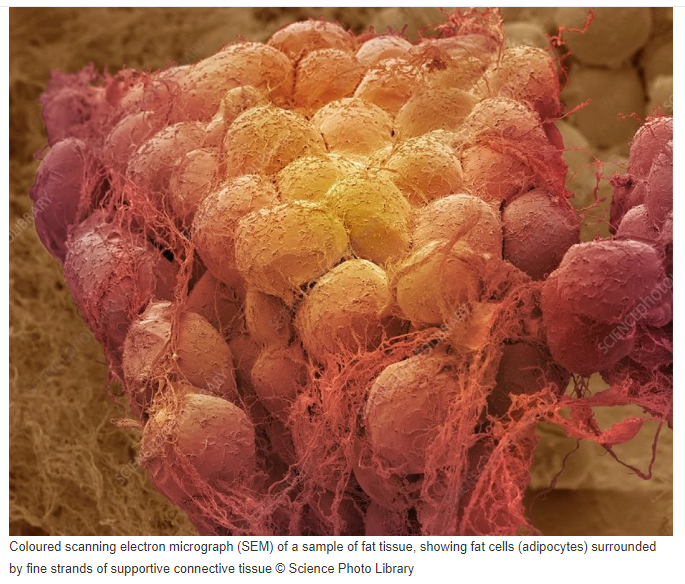Highlights From EASD 2022 was written by Andrew Briskin, Arvind Sommi and Natalie Sainz for diaTribe.org, 21 September 2022.
 Here’s a great overview of presentations at this year’s EASD (European Association for the Study of Diabetes) Annual Meeting, held in Stockholm, Sweden. Click on the topics below to read more:
Here’s a great overview of presentations at this year’s EASD (European Association for the Study of Diabetes) Annual Meeting, held in Stockholm, Sweden. Click on the topics below to read more:
-
- The Many Faces of Insulin and Glucagon Therapy
- Starting a CGM Significantly Reduced Hospitalizations for People with Type 2 Diabetes on Basal Insulin
- A Deeper Dive Into the Benefits of Semaglutide and Tirzepatide
- Clinical Trials to Research Combination Therapy of Kerendia and SGLT-2 Inhibitor
- Meeting the Diabetes Challenge With Data Registries, Integrated Care, and Digitalization
- New Analysis Shows Tirzepatide May Protect Against Kidney Disease
- The Connection Between Time in Range and Mental Health
Read more: Highlights From EASD 2022
People with diabetes demand solutions to therapy-related waste was written by Michael Monostra for Healio.com/endocrinology, 28 September 2022.
 People with diabetes are concerned about waste associated with therapy, and diabetes stakeholders must advocate for regulatory changes to address the problem, according to a speaker at the European Association for the Study of Diabetes annual meeting.
People with diabetes are concerned about waste associated with therapy, and diabetes stakeholders must advocate for regulatory changes to address the problem, according to a speaker at the European Association for the Study of Diabetes annual meeting.
“We, this means all of the diabetes community, have to take action when it comes to waste associated with diabetes therapy,” said Lutz Heinemann, PhD, CEO of Science Consulting in Diabetes GmbH in Germany. “More and more patients are annoyed by all the waste they are generating when they change a continuous glucose monitoring system or glucose sensor. The political pressure to reduce waste production has increased.”
The amount of waste a person with diabetes collects over the course of a year that does not directly pertain to their care can add up. CGM systems, insulin infusion sets, and blood glucose measurement kits are packaged in cardboard boxes and often include packing materials that contain plastic and unneeded instructions for use.
The issue of waste is becoming an issue of top concern for many people with diabetes. In a survey of 1,048 people with diabetes in Germany, conducted in January 2022, 89% said diabetes waste was a relevant topic, 54.5% said they were aware of packaging waste with diabetes technology, and 67.1% reported they wanted more reusable equipment for diabetes therapy.
To provide a blueprint for improving sustainability in the diabetes community, Heinemann and colleagues composed The Diabetes Technology Society Green Declaration in 2021. Published in The Journal of Diabetes Science and Technology, the declaration offers steps patients, health care professionals, government agencies, and manufacturers can take to improve sustainability with diabetes devices and reduce diabetes waste.
Read more: People with diabetes demand solutions to therapy-related waste
Why it’s time we changed our relationship with fat by Tom Ireland was published by ScienceFocus.com, 14 September 2022.
 Fat is one of the most important elements of our diet, and the fatty tissue beneath our skin plays a part in keeping us alive and healthy. In chemical terms, fats are long, chain-like molecules that have many roles across all forms of life on Earth.
Fat is one of the most important elements of our diet, and the fatty tissue beneath our skin plays a part in keeping us alive and healthy. In chemical terms, fats are long, chain-like molecules that have many roles across all forms of life on Earth.
Among their many useful properties, they are an excellent way to store energy, and many organisms convert energy from the food they eat into reserves of fat – from the vegetable oils found in the seeds and fruits of plants, to the inches-thick layer of blubber beneath the skin of large marine mammals. When we store too much fat, it causes the vital functions of our fatty tissue to start to fail, leading to many different health issues, from diabetes to stroke to fatty liver disease.
When we talk about body fat, we’re actually talking about the specialized cells, known as ‘adipocytes’, which store fat in various places in our bodies. Each cell holds its own droplet of liquid fat and is capable of swelling to accommodate more fat, or shrinking and releasing it as necessary. Together, these fat cells form ‘adipose tissue” which is found in deposits just below the skin or deep in the spaces between other organs.
As well as storing energy, these fat deposits help to insulate us from the cold and cushion impacts on our joints, the soles of our feet, our palms, and our bums – people with no adipose tissue find it hard to sit on a chair for more than a few minutes.
Fatty tissue is part of the complex connective tissue that keeps our organs in place and is key to building the contours of our faces that make us recognizable. Perhaps more importantly, adipose tissue can be thought of as the body’s energy budget-holder, helping ensure different parts of the body have what they need, but always looking to store and save for hard times ahead.
Far from consisting merely of unsightly lard deposits, the adipose organ has a rich supply of blood vessels and nerves and produces a variety of hormones and signaling molecules. Not only does the adipose tissue release energy when needed, but it also sends information to the brain about the state of our calorie stores, influencing our digestion, appetite, and behavior.
There are two main types of fat in our bodies: white and brown. White fat (WAT, or white adipose tissue) is all about storage. Under a microscope, a white fat cell looks like a normal cell with a big glob of fat in the middle. Brown fat (or BAT) is all about heat generation. Brown fat cells look more like normal cells, with smaller droplets of fat dispersed among their components. But they are packed with mitochondria, the bean-shaped energy factories that convert chemicals into the power that drives our metabolism, movement, and body heat, giving them a brown appearance. So-called ‘beige’ fat cells are somewhere between the two.
Read more: Why it’s time we changed our relationship with fat
Talking About Bolusing for Fat & Protein was presented by Dr. Laya Ekhlaspour with Marissa Town for ChildrenWithDiabetes.com, 26 April 2021.
What’s the science behind bolusing for fat and protein when you have type 1 diabetes? Dr. Laya Ekhlaspour will join CWD’s Clinical Director, Marissa Town, BSN, CDCES for a discussion about why post-meal glucose control is challenging for people with type 1 diabetes, and what evidence there is about insulin dosing for fat and protein, as well as what this looks like in the context of artificial pancreas systems.


The issue of waste has long been one of the problems that trouble me the most about diabetes. I hate the waste and find it most unnecessary. One thing that kind of puts it into prescriptive however is the percentage of diabetes waste versus total medical waste. Compare one PWD with the hospital floor. Yes diabetes waste is insane. But medical waste to off the charts.
Both need dealt with.